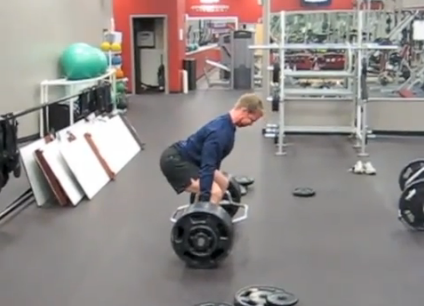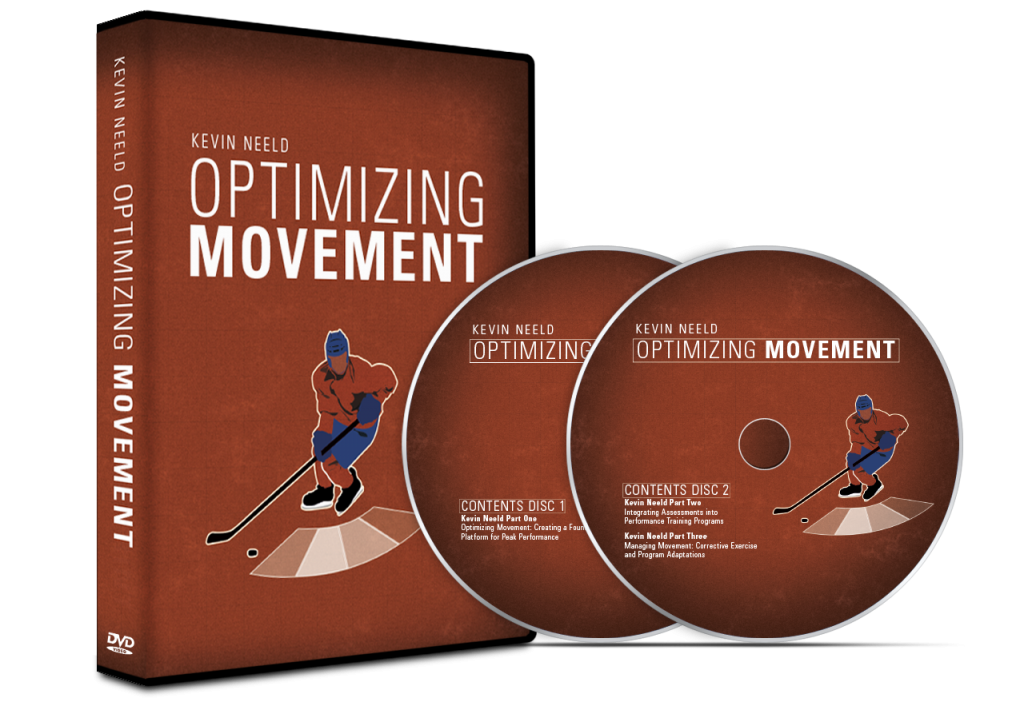This week’s Thursday Throwback is a quick read, but discusses an important issue that you need to be aware of if you’ve ever felt “tight”.
There’s a big difference between a muscle being “short” and a muscle being “stiff” and understanding the difference can help dictate what you need to do to correct the issue.
If you enjoy this post, please share it with your friends on facebook, twitter, email, etc.
Muscle Properties: Short vs. Stiff
When I gave my presentation “Innovative Practices in Strength and Conditioning” for SCWebinars.com, one of the topics that sparked the most interest among listeners was the idea of muscle shortness vs. stiffness.
A lot of athletes come to me complaining of feeling “tight” or “stiff”. These subject feelings can generally be broken down into acute or more “quasi-permanent” categories:
Acute: Following a training session, the resting “tone” of your muscles is increased. Simply, this means that your muscles have a greater level of resting tension and may feel tight or stiff. Unless you’re completely new to exercise, in which case your muscles will maintain a slightly elevated level of tone, this short-term increase in subjective “tightness” will generally subside within a day or two, especially if you do any dynamic or static stretching afterward or the next day.

It’s normal to feel stiff after lifting heavy
“Quasi-Permanent”: I use the term “quasi-permanent” because just about any musculotendinous quality can be altered through training. With that understood, musculotendinous units (referred to as “muscle” from here on for simplicity) can be categorized as either “short” or “stiff”, both of which may feel tight.
In simple terms:
Short means the muscle simply doesn’t have the length. It can be extended to a point, beyond which it will begin to tear.
Stiff means the muscle has more length, it just takes more force to move it.
When I was trying to remember the difference, I thought of the people I knew that had a hard time doing full range of motion body weight squats, but could drop all the way down with ease with a loaded bar on their back. The extra force made it easier for them to achieve full range of motion (a stiffness issue).
Another example: If you’re stretching someone’s hamstrings, you’d bring them up to a point where you feel them start to resist. This can be thought of as an “end point”. If you push harder and the leg simply doesn’t move, it’s probably short. If you push a little harder and the leg moves a little further, it’s probably stiff.
It’s important to remember that all muscles have length (short vs. long) and stiffness (amount of force needed to take it through it’s full range of motion) qualities. The above examples are just meant to help you visualize the difference.
Understanding the difference between length and stiffness is of paramount importance when training athletes, as these muscle properties can have huge performance implications regarding power, speed, and quickness.
The question is: Is stiffness a bad thing?
To your success,
Kevin Neeld
OptimizingMovement.com
UltimateHockeyTraining.com
P.S. Chapter 2 of this training manual presents many of the most effective off-ice exercises to improve mobility and reduce stiffness that I use with our hockey players: Off-Ice Performance Training Course
Please enter your first name and email below to sign up for my FREE Performance Training Newsletter!
“…one of the best DVDs I’ve ever watched”
“A must for anyone interested in coaching and performance!”
